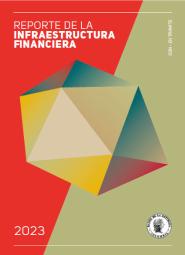Spatial Aspects of Trade Liberalization in Colombia: A General Equilibrium Approach
La serie Borradores de Economía es una publicación de la Subgerencia de Estudios Económicos del Banco de la República. Los trabajos son de carácter provisional, las opiniones y posibles errores son responsabilidad exclusiva del autor y sus contenidos no comprometen al Banco de la República ni a su Junta Directiva.
This paper offers some preliminary steps in the marriage of some of the theoretical foundations of the new economic geography with spatial computable general equilibrium models. Modeling the spatial economy of Colombia using the traditional assumptions of CGE models makes little sense when one territorial unit, Bogotá, accounts for over one fourth of GDP and where transportation costs are high and accessibility low, compared to European or North American standards. Hence, handling market imperfections becomes imperative as does the need to address internal spatial issues from the perspective of Colombias increasing involvement with external markets. The paper builds on the CEER Model, a spatial CGE model of the Colombian economy; non-constant returns and non-iceberg transportation costs are introduced and some simulation exercises are carried out. The results confirm the asymmetric impacts that trade liberalization has on a spatial economy in which one region, Bogotá, is able to more fully exploit scale economies vis-à-vis the rest of Colombia. The analysis also reveals the importance of different hypotheses on factor mobility and the role of price effects to better understand the consequences of trade opening in a developing economy.
The series Borradores de Economía is published by the Economic Studies Department at the Banco de la República (Central Bank of Colombia). The works published are provisional, and their authors are fully responsible for the opinions expressed in them, as well as for possible mistakes. The opinions expressed herein are those of the authors and do not necessarily reflect the views of Banco de la República or its Board of Directors.




















































